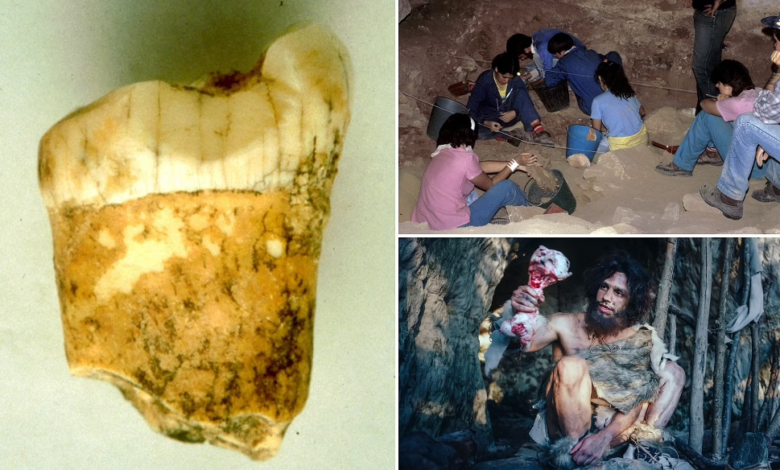It’s Possible That Early Neanderthals Were Carnivores

Zinc isotope analysis was used in a recent study by a CNRS researcher to determine the Neanderthals’ position in the food chain for the first time.
They discovered that Neanderthals were in fact carnivores, and their findings were published in the journal PNAS. Although certain studies on the dental tartar of Iberian Peninsula dwellers seem to suggest that they were major plant consumers, other investigations carried out in areas outside of Iberia tend to suggest that they ate almost entirely meat.
Recent analytical techniques used on a molar belonging to a member of this species suggest that the Neanderthals at the Gabasa site in Spain were carnivores.
To determine a person’s place in the food chain, scientists have always had to take out the proteins and examine the nitrogen isotopes found in the collagen in the bone. This method, however, is often only useful in temperate temperatures and is rarely used on items older than 50,000 years. When these conditions are not met, nitrogen isotope analysis becomes very challenging, if not impossible. This was accurate for the molar that this study’s analysis of came from the Gabasa site.
Because tooth enamel is resistant to all sorts of degeneration, CNRS researcher Klevia Jaouen and her team decided to study the zinc isotope ratios present in it. For the first time, this method is being used to try to ascertain a Neanderthal’s diet. As the zinc isotope ratio falls, the probability that the bones are those of a carnivore rises.
Animal bones from the same historical era and area, including those of herbivores like rabbits and chamois and carnivores like lynxes and wolves, were also studied. The Neanderthal who once owned these teeth from the Gabasa site was probably a carnivore who did not consume their prey’s blood, according to the findings.
Breaking bones found at the scene suggest that this individual also consumed the bone marrow of their victim without eating the bones, according to further chemical tracers that show they were weaned before the age of two. According to studies, this Neanderthal most likely died in the same place where they had lived as a child.
Broken bones were found there, and isotopic data and other chemical tracers showed that this individual weaned their young before the age of two. They also drank the bone marrow of their prey without eating the bones, which further supported the discovery of broken bones. Furthermore, examinations show that this Neanderthal likely died in the same place where they had lived as a youngster.
News Mania Desk






